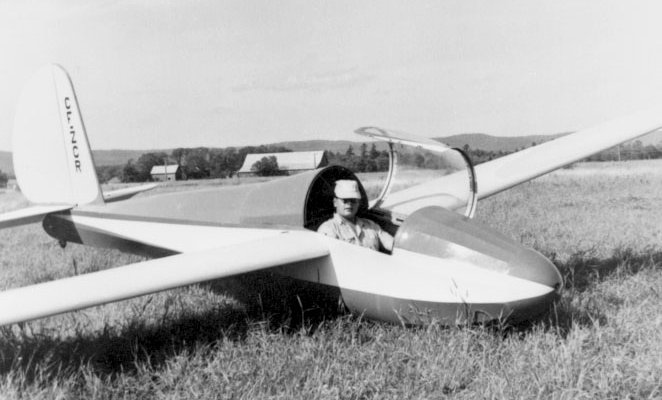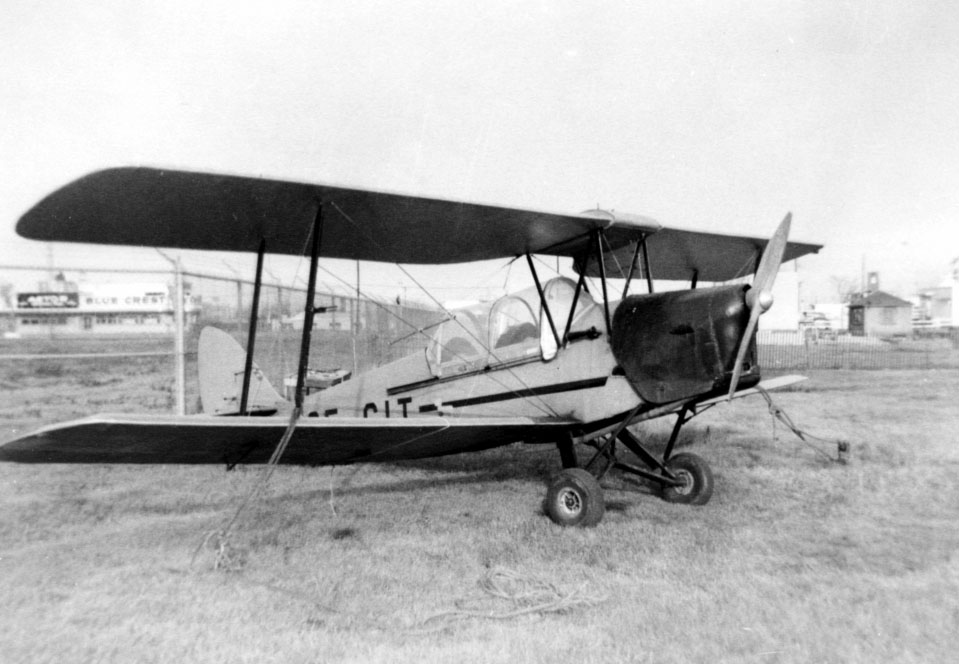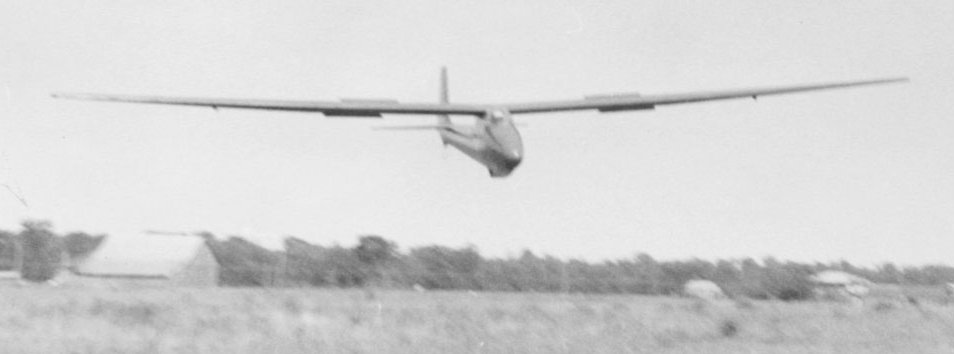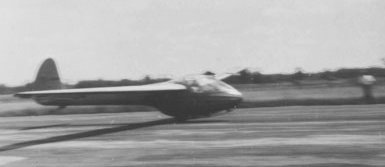 |
 |
 |
 |
 |
 |
 |
 |
 |
 |
 |
 |
 |
 |
 |
 |
 |
 |
 |
 |
 |
 |
 |
 |
 |
 |
 |
 |
 |
 |
 |
 |
 |
|
Hawkesbury, the way it was |
|
|
Here are a few pictures that were taken in Hawkesbury where I obtained my glider ticket many many moons ago. |
|
|
|
 |
|
|
|
Yup, yours truly in the 1-26 |
|
|
|
|
|
 |
|
 |
|
|
|
|
|
The tow planes. The one on the right is a Fleet Finch.
I think it preceded the Fleet 2 which had a bigger rudder. This version was quite demanding. |
|
|
|
 |
|
|
|
The Skylark 2 on landing. |
|
|
|
|
|
 |
|
|
|
The well loved, but tricky Pratt-Reed.
These were used during the war to train Troop Carrier Glider Pilots such as the ones used in Normandy.
After the war, I think all the gliding clubs in Canada bought one or almost. |
|
|
|
|
|
Look at those prices back then: |
|
|
|
Airplane tow: $1.50 = 1,000 feet
$2.50 = 2,ooo feet
gliders, any: $0.05 cents a minute minimum 20 minutes = $1.00
Membership: CERA = Canadair employees = $15.00 a year.
Montreal Soaring Council (not CERA) = $25.00 a year
McGill University students, free I think but not sure on this one. |
|
|
|
71 miles from Montreal, Hawkesbury was still the closest. gliding field.
We had a (group) deal at the Royal Hotel in Hawkesbuy $4.50 a night
plus $1.50 for a full complete breakfast |
|
|
|
 |
|
|
|
This is a rare plane. A DH Fox Moth. Basically a Tiger Moth with a small cabin . The fuselage was widened a bit. It was not comfortable at all. I can imagine the noise and the smell of fumes in there. it must have been rather slow as well. I do not believe it has been a success. This picture was taken in Cartierville, Quebec, and yes, this is yours truly.
(Notice the funnel, I cannot remenber where the guys were.) |
|
|
 |
|
|
|
|





